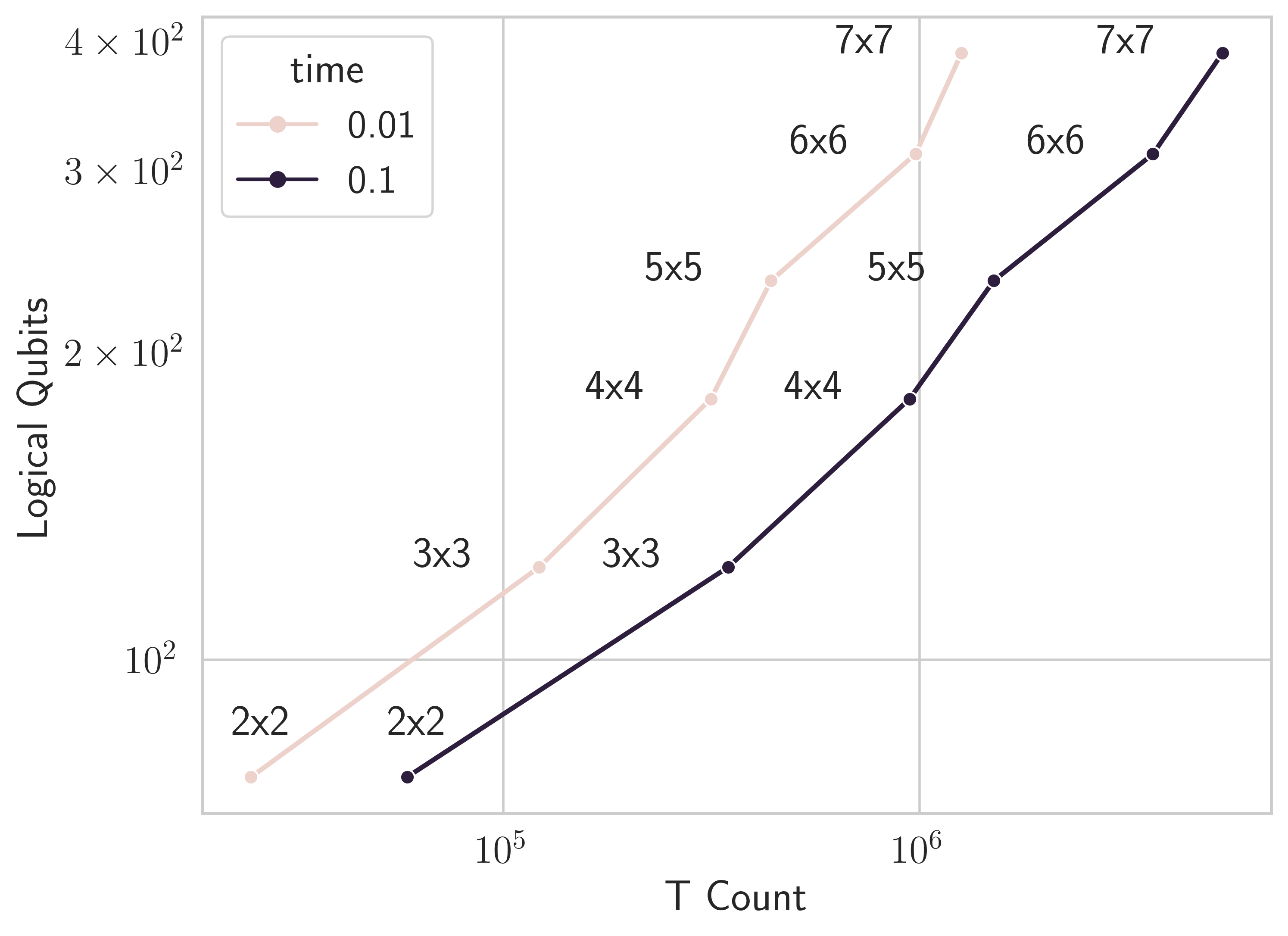Abstract
Understanding the physics of strongly correlated materials is one of the grand challenge problems for physics today. A large class of scientifically interesting materials, from high-Tc superconductors to spin liquids, involve medium to strong correlations, and building a holistic understanding of these materials is critical. Doing so is hindered by the competition between the kinetic energy and Coulomb repulsion, which renders both analytic and numerical methods unsatisfactory for describing interacting materials. Fault-tolerant quantum computers have been proposed as a path forward to overcome these difficulties, but this potential capability has not yet been fully assessed. Here, using the multi-orbital Fermi-Hubbard model as a representative model and a source of scalable problem specifications, we estimate the resource costs needed to use fault-tolerant quantum computers for obtaining experimentally relevant quantities, including ground state preparation and correlation function estimation. We find that advances in quantum algorithms and hardware will be needed in order to reduce quantum resources and feasibly address utility-scale problem instances.
